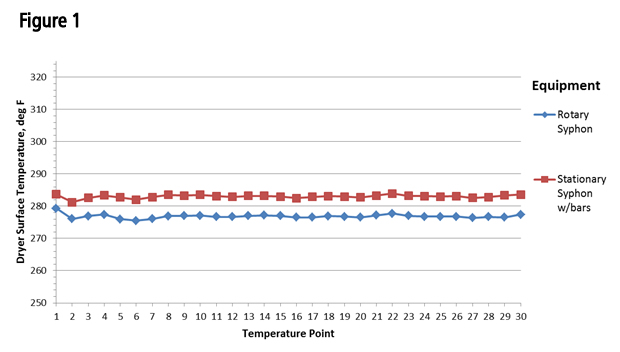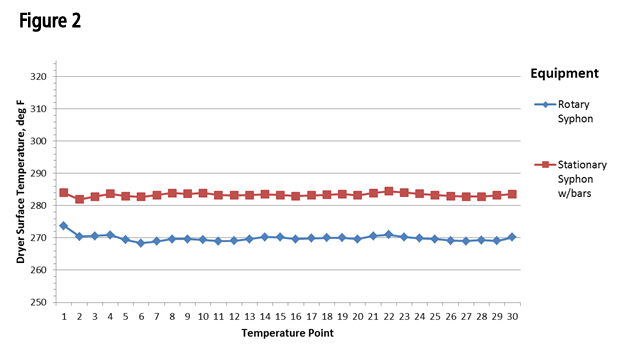Drying Performance Evaluation Identifies Critical Issues to Achieve Project ROI
Upgrading a paper machine requires an assessment of how a specific change in one area of the machine may affect performance in other areas.
Challenge
A U.S. linerboard producer was considering upgrading the forming section on its paper machine. A comprehensive, on-site dryer study by Kadant Johnson revealed that to take full advantage of machine speed increases after a forming section overhaul, the dryer section may need an equipment upgrade to avoid dryer-limited production.
Solution
A Drying Performance Evaluation was scheduled at the Kadant Johnson Research Center in Three Rivers, Michigan to measure the performance of the mill’s existing drying equipment at future operating conditions and compare this to alternative drying equipment under the same test conditions. The Kadant Johnson Research Center has two full-size paper dryers equipped to duplicate the operating conditions of virtually any paper machine in the world. Fully instrumented and video-enabled, one of the many capabilities is measuring the dryer surface temperature at any point along the dryer face.
Results
The alternative drying equipment proposed in the evaluation plan was the PTX rotary joint and stationary syphon with Turbulator® Tube™ bars. This modern drying equipment was tested under the same operating conditions as the mill’s current drying equipment.
Figure 1 shows the dryer surface temperatures measured across the dryer at one of the current operating conditions for a specific grade. Note that at current conditions, the dryer surface temperature is higher when using the PTX stationary syphon with Turbulator Tube bars compared to the mill’s current rotary syphon equipment without bars.

Figure 2 shows the dryer surface temperature after the dryer speed was increased 400 feet per minute (122 meters per minute), the future operating condition expected following the forming section rebuild.

The surface temperature at both the current speed and the future speed remained nearly the same when the dryer was equipped with the proposed PTX stationary syphon and Turbulator Tube bars. On the other hand, the dryer surface temperature with the existing rotary syphon dropped at the higher (future) speed. By conducting the performance evaluation in the Research Center, the linerboard producer was able to see what will happen to its dryer surface temperatures and drying capacity when the dryer speed is increased. To achieve the maximum benefit from the forming section upgrade, the rotary syphon must be replaced with a stationary syphon and Turbulator Tube bars to ensure adequate drying capacity. The results of the drying performance evaluation allowed the mill to incorporate drying equipment upgrades as part of the forming section rebuild to ensure the ROI and payback period could be achieved.
